Today I visited The University of Oxford Botanic Garden and despite it being the end of September and most things are well past their best, I found it impressive and inspiring. My friend, being particularly fond of prairie gardens, was keen to see The Merton Borders.
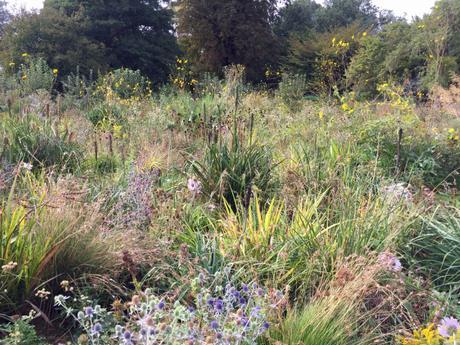
The Merton Borders were sown by seed directly in 2011 in collaboration with Professor James Hitchmough from the Department of Landscape at University of Sheffield, and it is a stunning area of 955 m2 covered by naturalistic, ornamental planting based on plants from North America, South Africa and the Mediterranean. Sand mulch is used to suppress weed growth and promote longevity. Many of the plants originate from dry grassland and this type of planting is quite drought-resistant.

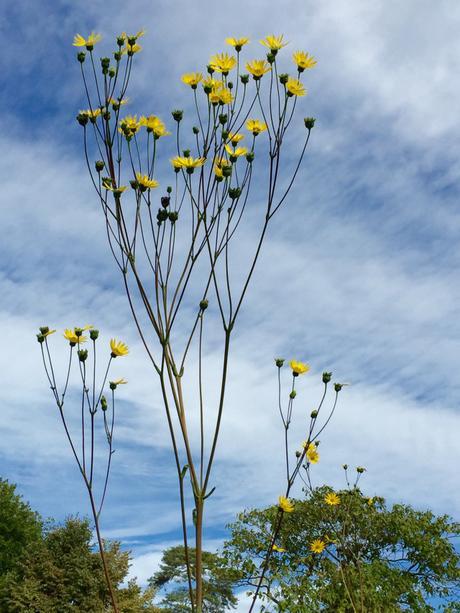
I was really taken with the dried planting, which included Stipa Gigantea, Eryngiums, Rudbekia, Asters, Kniphofias many are now minus their foliage and weather beaten. There were a lot of spectacular Silphium terebinthinaceum, with its yellow flowers still intact, which must have been at least 10ft tall if not higher.

The garden is divided mainly into two parts, The Lower Garden and The Walled Garden.
The Walled Garden
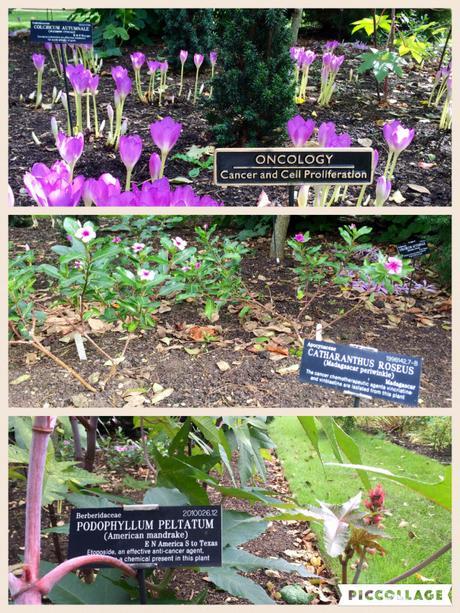
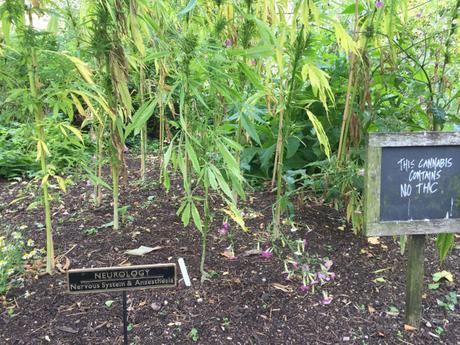
The Walled Garden has a variety of beds containing medicinal plants, with information labels. Being a cancer survivor I was interested in the Oncology bed. Amongst the other beds was a Cannabis plant growing in the neurology bed. Note the sign saying the cannabis contains no THC – the hallucinagenic part of the plant.
The Lower Garden
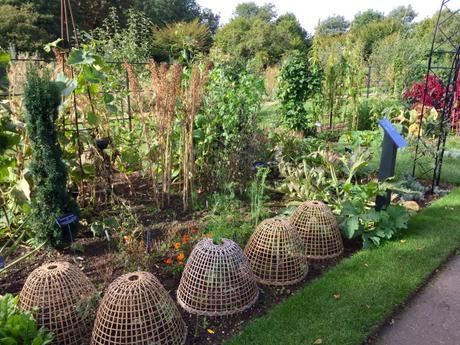

I was sorely tempted to walk away with the wicker cloches! Aren’t they lovely. These beds all had detailed and interesting information boards with a brief history of fruit and vegetable plants such as maize, tomatoes and sunflowers.
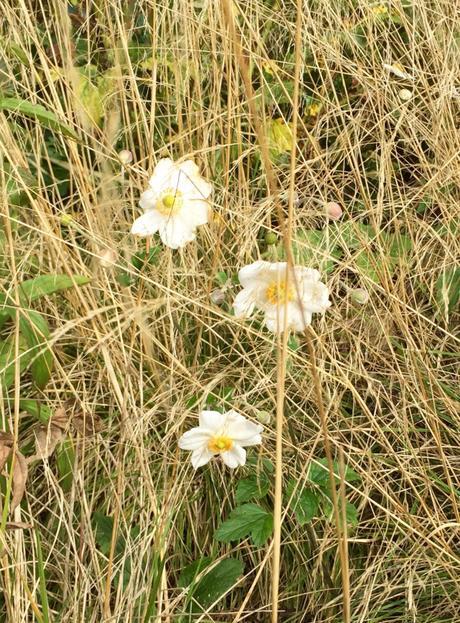
In another border I came across a white Japanese Anenome almost hidden in a Deschampsia ‘Goden Veil’.
The Glasshouses

Before leaving the Botanic Garden we paid a visit to the glasshouses housing some enormous palms. The one with the palms was closed, another has a series of rooms at different temperatures. One room was full of Sarracenia, they were fascinating and veined colouring of greens and reds they were so interesting. Unfortunately and annoyingly my camera battery was low so I had to be selective of what to take photos of. In another room of the glasshouse was a large pond with the most beautiful pale blue lily, but it looks white in the photo. Dancing and chirping around the pool was the sweetest little Robin who I managed to capture as he jumped from plants to plants playing chase me. In the last room right up in the roof was a fabulous purple orchid.
If you get the opportunity to visit the Botanic Garden please do, it was tranquil and fascinating.
Opening Times
November – February: Open daily 9.00am until 4.00pm (last admission 3.15pm)
The Garden is closed on Christmas Eve, Christmas Day and Boxing Day
March – April: Open daily 9.00am until 5.00pm (last admission 4.15pm)
May – August: Open daily 9.00am until 6.00pm (last admission 5.15pm)
September – October: Open daily 9.00am until 5.00pm (last admission 4.15pm)

